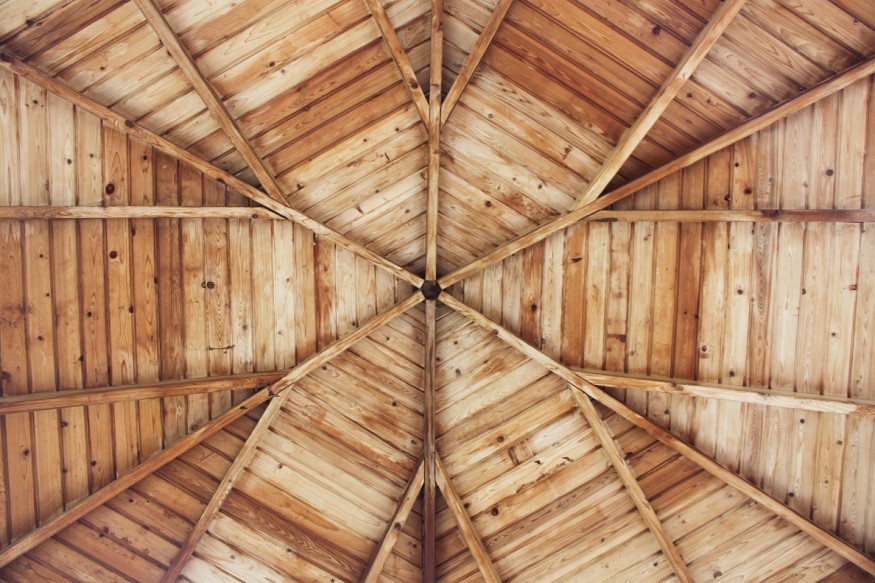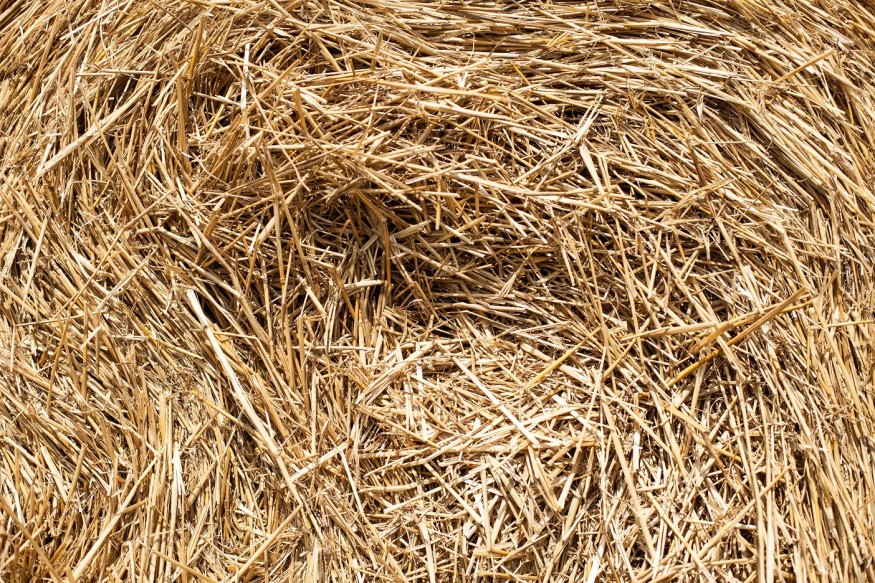15 Essential Building Materials Architect Needs to Know, With Resources for Deeper Insight

Architectural design is a multifaceted process encompassing form, function, location, and materiality. The materials chosen for a building shape its physical appearance and influence its environmental impact and overall sustainability. This article delves into the diverse world of architectural materials, highlighting 16 essential substances every architect should be acquainted with. From the ubiquitous concrete to the innovative use of organic materials, we explore their unique characteristics and provide valuable resources for further learning.

Concrete:
Concrete, the world's most widely used building material, is a foundational element in architecture. Despite its prevalence, its environmental impact is significant. The Concrete Center offers a collection of reports to guide architects in designing with concrete, considering both functionality and sustainability.

Wood:
Timber, one of the oldest building materials, is evolving with engineered wood products, high-rise structures, and translucent properties. reThink Wood provides architects with a valuable resource to learn about the versatility of wood in contemporary designs.

Steel:
Steel has transformed skylines and serves as both reinforcement and an aesthetic skin. SteelConstruction.info is a comprehensive resource covering everything architects need to know about steel design.

Plastic:
Despite preconceptions, plastic offers architectural possibilities, especially in recycling and bioplastics. The American Chemistry Council provides an insightful overview of plastics and their diverse uses in architecture, including the potential of 3D printing.

Stone:
Stone has been used for generations with its varied textures, colors, and strengths. The Building Stone Institute offers resources such as fact sheets and specifications for common types of stone used in construction.

Textiles:
Beyond tensile structures, textiles find applications in load-bearing chairs, inflatable spaces, fabric casting, and wooden fabrics. Fabric Architecture Magazine provides technical articles and a resource guide for architects exploring textile applications.

Glass:
A common facade element, glass is essential for achieving transparency and light. The PPG Glass Education Center is a valuable resource for architects seeking to extend glass properties and explore intelligent, responsive glass.

Brick:
With its rigid shape, brick can create beautiful structures with skilled craftsmanship. The Brick Development Association offers resources to learn more about the architectural possibilities and sustainability of brick.

Kevlar:
Stronger than metal body armor, Kevlar's tensile strength is an asset in large structures. Limited information on its architectural applications is available, but articles and snippets from books, such as "Material Architecture" by John Fernandez, provide a starting point.

Bamboo:
Bamboo, a sustainable and flexible material, finds application based on geographical locations. Its versatility makes it useful in various architectural projects.

Carbon Fiber:
Five times stronger than steel, carbon fiber is flexible and adaptable, allowing it to take various shapes. Its unique composition makes it a valuable material for surfaces and rods.

Earth:
Among the oldest building materials, the earth is universally accessible and can create modular or freeform structures. Its eco-friendly nature allows structures to return to the earth with ease.

Waste:
Understanding the potential of waste materials is crucial for future architects. Recycling initiatives, such as converting cigarette butts into building material, showcase the innovative use of waste in architecture.

Straw:
Straw's ability to create a passive thermal environment and blend into natural surroundings makes it valuable. Thatched roofs, popular in the past, exemplify its practical applications.

Organic Materials:
Incorporating organic structures created by animals into architecture provides opportunities for coexistence and sustainability. Observing and learning from these materials can inspire innovative design solutions.
In their pursuit of creating sustainable and aesthetically pleasing structures, architects must be well-versed in a diverse range of materials. The 16 materials discussed in this article offer a starting point for architects to expand their design vocabulary. Additionally, the provided resources serve as valuable tools for in-depth exploration, ensuring that architects can make informed decisions that align with creativity and environmental responsibility. As with any field, staying attuned to local materials is essential for a well-rounded understanding of available options.
Related Article : Top 10 Art, Design, and Archaeology Discoveries of 2023
From Digital Models to 3D-Printed Homes: Jaspreet Kaur Lall Explains How the Innovation Changes the Construction Industry

Future Belongs to Green Construction: Sampath Kumar Paspunoori Explains One of the Key Trends in the Construction Industry

Kamala Harris' Campaign Ad Uses Iconic Visuals from Carrie Mae Weems to Connect with Voters

Historic Ancient Roman Ruins in Baalbek Remain Strong After Israeli Air Strikes; Locals Seek Cultural Protection

4 Ways to Honor Departed Loved Ones in Your Home Design














